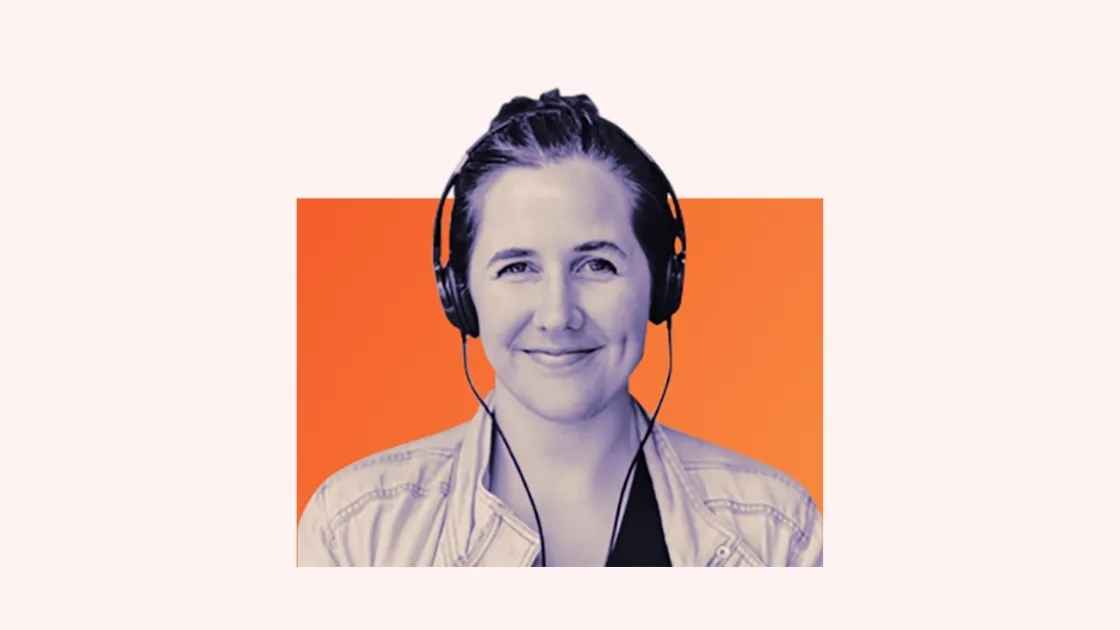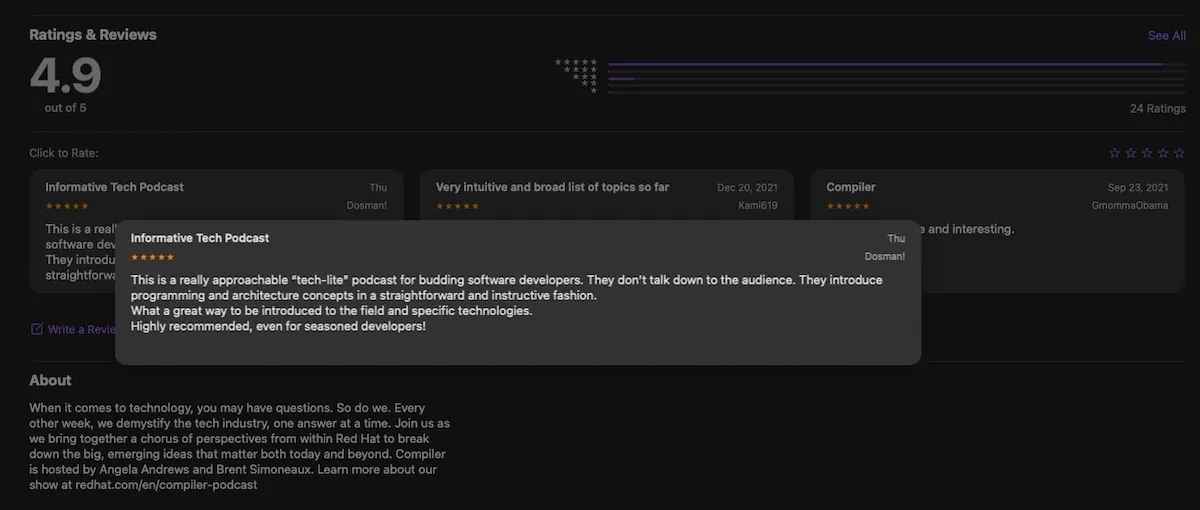Why Identifying An Audience Is Not Enough

Before podcasting, I spent many years in public broadcasting, producing a daily current affairs radio show. The target audience was broadly determined by geography—people living within the city limits. Since everyone working on the show also lived in this city, we ALL had a particular insight into our listeners. They were our neighbours and our friends, the people who sold us bagels and sat next to us on the bus. We understood them because we lived amongst them.
When we develop a new podcast at Pacific Content, we spend a lot of time on this question: “Who are we making this podcast for?” And when we ask this question, we get all kinds of different answers. Technology buyers. Coders. People who love Ford Broncos.
But simply identifying who you are making this podcast for is just the first step. To create a podcast that connects with a defined audience, brands need to understand who they are. What are their interests? How do they talk to each other? And the million dollar question — how will your podcast serve their needs?
Red Hat is a brand we work with that has two podcasts (Command Line Heroes and Compiler), each targeting different audiences. Compiler is the most recent addition to their show roster, and the Red Hat team worked very deliberately — alongside Pacific Content’s audience development specialist, Liz Hames — to understand the type of person they were making the show for.
I recently spoke to Caroline Creaghead, senior audio producer at Red Hat, and Brent Simoneaux, director of content marketing at Red Hat and co-host on Compiler, about this process and the methods they used to get inside the heads of their audience and make a podcast that is just for them.

Method one: Learn about the audience you have
After dropping a few episodes of its latest podcast, Compiler, the Red Hat team wanted to know more about the listeners they were reaching. Using a host-read CTA (call-to-action) at the beginning of the podcast, they recruited people to fill out a survey about the show. The Red Hat team quickly discovered the early episodes of Compiler had two very different audience profiles:
➝ Tech experts looking to tackle specific engineering issues, and
➝ People new to tech looking to build expertise
What direction would the show go? “We had that problem of a podcast for everyone is a podcast for no one,” explains Caroline.
Method two: Accept that you can’t please everyone
After realizing they had two potential, albeit different, audiences, the Compiler team went back to the survey data and took a closer look at the respondents who “liked” or “loved” the show.
“Our goal was to understand what people loved about the show and what types of people love the show,” says Brent. In the “loved” group, they found a higher percentage of people were new to tech and looking to build expertise.
In the end, people-new-to-tech is the audience they chose to focus on.
Brent points out, “We didn’t try to please everyone with the show. We focused on this audience. And to all the others we more or less said, “This show probably isn’t for you.”

Negative feedback, like this quote from a survey responder: “I’ve been in the industry for about five years and expected a more advanced take,” also helped the team determine who the show was NOT speaking to, and to align the marketing and editorial to make this clear.
A technology podcast targeting listeners with less advanced knowledge of tech was also an opportunity. As Caroline explains it, there are already a lot of podcasts about successful tech founders, but fewer shows aimed at helping people enter the tech world. Focussing on this early-career audience aligned with Red Hat’s values to be welcoming and inclusive in the tech space. Caroline adds, “In making this choice about the audience, we asked ourselves: ‘Who are we well-positioned to serve?’”
Method 3: Use interviews to understand your audience’s needs
After narrowing down the audience they wanted to reach, the production team then took the next step; they set out to understand them. The team conducted several dozen one-on-one, real-time interviews with people who fit this new-to-tech, early career profile.
Caroline explains how the Red Hat team approached the interviews:
“Where is that person not served by whatever else is in the market? What are they looking to listen to? That can only be answered by talking to real people.”
The goal was to get to know the interviewees as people, so they opted for a conversational approach, rather than relying on a series of set questions. What they learned in those interviews helped them build a podcast to speak directly to its intended listeners.
“I think the biggest takeaway from my interviews (and a sentiment that was repeated over and over again) is how much context newer technologists crave,” says Brent. “This led to the concept of “I do X, but I’m not sure how it’s connected to Y” or, “I learned how to be X through boot camp, but I never even knew I could also do Y.”
Caroline says the audience interviews also helped the team make editorial decisions; which stories to pursue, what kinds of questions to ask, and the technical detail they needed to provide. This audience profile even helped them prep potential guests, so they would understand how much technical detail to use in their interviews.
The payoff of understanding your audience
Compiler went from a podcast that Caroline admits “wasn’t landing as well as it should” to a podcast with a defined and dedicated audience. The number of unique listeners per episode (within seven days of release) increased by 29% after Red Hat’s audience research and subsequent re-positioning of the program.

Caroline says taking the time to understand their audience — to refine exactly who they’re aiming to reach — has helped them let go of the people who were lukewarm on the show and double down on the people who are truly engaged.
“And it doesn’t mean that we’re serving fewer people”, explains Caroline. “It means the people who we are serving, we’re really serving with this [podcast]. And that’s how you’re able to create something super valuable.”
Pacific Content is the production partner for Command Line Heroes and does audience development and sound design for Compiler.
Red Hat’s third show, Code Comments, premieres November 1, 2022. You can listen to the trailer on October 18.
Sign up for the Pacific Content Newsletter: audio strategy, analysis, and insight in your inbox.
